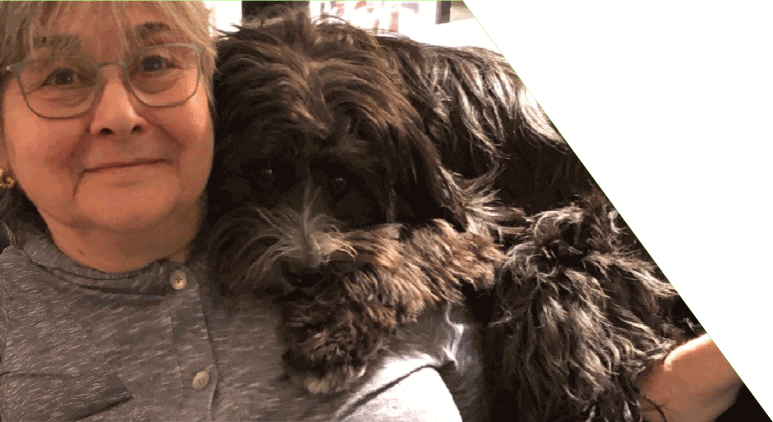 For me, being Jewish and growing up in postwar Canada meant being invisible. Every day, I went to school bearing my new Canadian name. Every morning, I stood up and recited the Lord’s Prayer. Once a month, a minister came into my classroom and taught me the bible. At home, after school, television shows taught me what life should look like. White middle-class depictions such as those on American Bandstand and Father Knows Best excluded the most important meanings of my world. Even Anne Frank’s Jewishness was barely discernable and would remain so for decades. Nevertheless, we humans need stories (Johnson 1983). And so, despite the sanitized whiteness of the world out there, I appropriated the popular narratives and incorporated them into my own personal script. As an adult, I wondered how other children of survivors maneuvered the normalizing discourses around them. How did they negotiate their social, institutional and familial worlds? And what stories do they draw from in their lives today?
For me, being Jewish and growing up in postwar Canada meant being invisible. Every day, I went to school bearing my new Canadian name. Every morning, I stood up and recited the Lord’s Prayer. Once a month, a minister came into my classroom and taught me the bible. At home, after school, television shows taught me what life should look like. White middle-class depictions such as those on American Bandstand and Father Knows Best excluded the most important meanings of my world. Even Anne Frank’s Jewishness was barely discernable and would remain so for decades. Nevertheless, we humans need stories (Johnson 1983). And so, despite the sanitized whiteness of the world out there, I appropriated the popular narratives and incorporated them into my own personal script. As an adult, I wondered how other children of survivors maneuvered the normalizing discourses around them. How did they negotiate their social, institutional and familial worlds? And what stories do they draw from in their lives today?
The larger research project draws on four areas of literature: the literature on children of survivors; the discipline of cultural studies, which provides the basis for the analysis of popular culture; various historical literatures which establish the historical contexts for the remembered accounts; and the work done within the area of anti-racist education which provides additional tools for analysis. Because popular culture images permeated nearly every aspect of society, the interviews began with their remembrances of television, where images of Jewishness and the Holocaust were disguised or completely silenced, teaching children and adults that being white was better. The rest of the interview time revolved around public school and Talmud Torah (after-school Hebrew School), their friends – both Jewish and non – and their relationship to their parents and the Holocaust.
The nine participants in the study – 5 male and 4 female, born between 1947 and 1951 – are children of Holocaust survivors. Eight are first-borns and were born abroad, most in displaced persons camps. We talked about growing up in the fifties and early sixties and then concluded with their lives today. I chose to focus on small Ontario cities because these children were a minority within a minority, their separateness more pronounced than in a larger center such as Toronto. Eva left when she was 15 but the others stayed until university. In every case, their parents continued to live there. The Jewish populations ranged from 180 to 1500 families. Five of the participants still live in the city of their childhood. Their stories speak of how they engaged and ultimately negotiated the culture around them.

